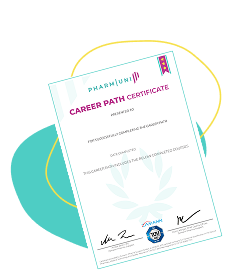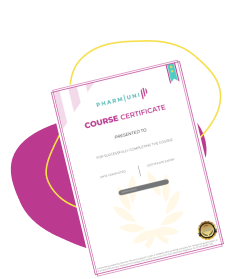QMS (Quality Management System) in the Pharmaceutical Industry
Definition
A Quality Management System (QMS) in the pharmaceutical industry is a formalized system that documents processes, procedures, and responsibilities for achieving quality policies and objectives. It ensures that pharmaceutical products are consistently developed, manufactured, and controlled according to quality standards and regulatory requirements, such as those outlined by the FDA, EMA, and ICH guidelines.
QMS is a critical component of Good Manufacturing Practice (GMP) and underpins quality assurance, risk management, and regulatory compliance in the pharmaceutical sector.
Detailed Explanation
Purpose and Importance of QMS in Pharmaceuticals
The primary purpose of a QMS in the pharmaceutical industry is to ensure that products are safe, effective, and of the highest quality. A robust QMS framework supports continuous improvement, minimizes risks, and ensures compliance with global regulatory standards.
QMS is not just a compliance requirement; it is a strategic tool that enables pharmaceutical companies to:
- Maintain product consistency and quality
- Ensure patient safety
- Meet regulatory expectations from agencies like the FDA, EMA, and WHO
- Reduce costs associated with recalls, rework, or non-compliance
- Facilitate audits and inspections
Core Elements of a Pharma QMS
According to ICH Q10, a pharmaceutical QMS includes the following core components:
- Quality Manual: A document that outlines the scope and structure of the QMS.
- Document Control: Procedures for managing SOPs, batch records, and quality documents.
- Change Management: Systematic handling of changes to processes, equipment, or documentation.
- Corrective and Preventive Action (CAPA): Processes to identify, investigate, and correct quality issues.
- Deviation Management: Recording and resolving non-conformities or unexpected events.
- Internal Audits: Periodic reviews to ensure compliance and identify areas for improvement.
- Training: Ensuring personnel are qualified and competent for their roles.
- Risk Management: Assessing and mitigating risks throughout the product lifecycle.
Pharma QMS Best Practices
Implementing an effective QMS requires adherence to industry best practices, which include:
- Aligning QMS with ICH Q10 and ISO 9001 principles
- Integrating QMS with digital systems such as electronic Quality Management Systems (eQMS)
- Fostering a culture of quality across all departments
- Using data analytics for proactive quality monitoring
- Establishing cross-functional quality review boards
Examples and Contexts of Use
QMS is used throughout the pharmaceutical product lifecycle, from development to commercialization:
- During R&D: QMS ensures data integrity, protocol adherence, and method validation.
- In manufacturing: QMS governs batch release, equipment qualification, and in-process controls.
- Post-market: QMS supports pharmacovigilance, complaint handling, and product recalls.
For example, when a deviation occurs during tablet compression, the QMS guides the investigation, root cause analysis, and implementation of CAPAs to prevent recurrence.
Regulatory Expectations
Global regulatory agencies expect pharmaceutical companies to implement and maintain a QMS that aligns with:
- ICH Q10: Pharmaceutical Quality System
- FDA cGMP Regulations (21 CFR Parts 210 and 211)
- EMA Guidelines on GMP
Non-compliance with QMS requirements can lead to warning letters, product recalls, or even import bans.



